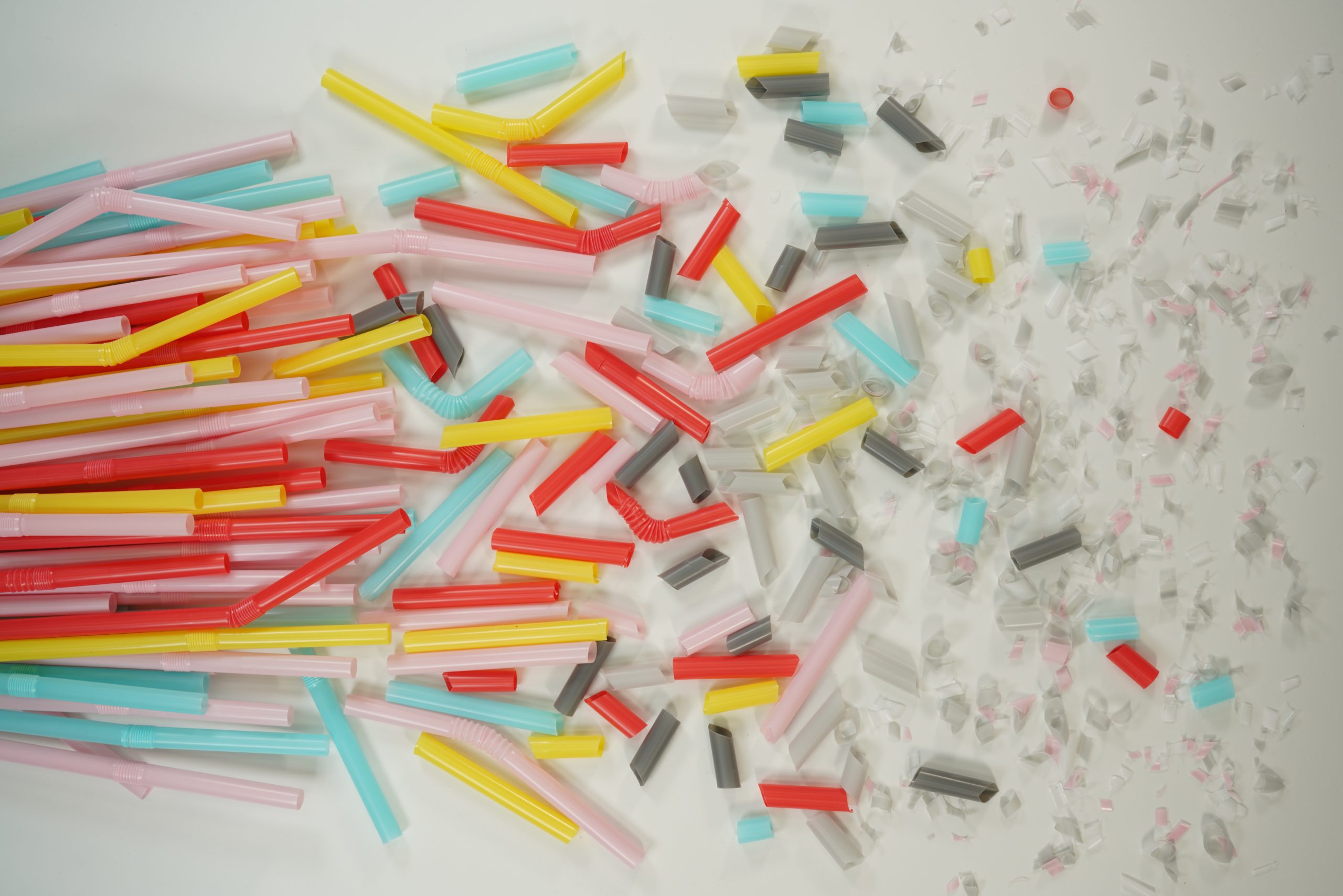![]()
Imagine a food vendor supplementing their food with additives that lower the fertility of their customers to lower profit margins. This vendor then markets this food as more filling and cheaper than the competitors. Thanks to humanity’s aggregate stupidity, this food outlet sees success. Other companies follow and soon all the major food outlets, either intentionally or not, supplement their products with a questionable additive. This imaginary scenario is actually happening.
Problem identification
Microplastics are defined by the National Oceanic and Atmospheric Administration as “small plastic pieces less than five millimeters long which can be harmful to our ocean and aquatic life.” Essentially, microplastics are tiny chunks of plastic that flow uninhibited through the food chain and water systems which are not always visible to the human eye. A newly developing field of scientific study around microplastics show that they have negative effects on humans including increasing the risk of type two diabetes, impairing immune health and lowering fertility rates.
Microplastics are in the air, in the water and even in our food. A 2019 study in Europe and Asia found an average of 20 microplastics in human stool. An American study completed in 2020 concluded that number was far higher for Americans. This study finds that Americans could be consuming anywhere between 40,000 and 50,000 microplastics yearly. The same study said that number jumps even higher when accounting for the amount inhaled or when an individual drinks water from disposable bottles instead of the tap.
Microplastics are distinctly different from microbeads, which were banned in 2015. Microbeads are tiny scraps of plastic that were put into makeup products for many years. Unlike microbeads, however, microplastics are most often unintentionally created by plastics naturally breaking down.
Problem solution
There are a few ways to reduce the impact of microplastics, such as limiting the exposure to highly processed foods like drive-thru ice cream.
Another method is to use stainless steel water bottles or BPA-free water bottles instead of plastic disposable bottles. Rosa Christians, a John Brown University professor in kinesiology, corroborates this idea when saying “I try to use glass over plastic when given the chance… especially in thinking about the health of my children.” Similarly, it is recommended to use paper or ceramic containers when warming food in the microwave so that participles do not break off into the food.
The way to stop the further creation of microplastics boils down to the three R’s: Reduce, Reuse, Recycle. Tracy Canant, an adjunct professor teaching nutrition at John Brown University, said we should aim “to decrease the amount of plastics we are using along with decreasing plastic packaging. Choosing to bring your own bags to the store instead of using the plastic bags at the store.” Another method to reduce the creation of plastics is investing in plastic free shoes.
The field of microplastics in relation to how they affect the human body is rapidly expanding and learning how to live in a world with a continuing amount of microplastics is just another thing that needs to occur.
Photo courtesy of Daria Volkova at Unsplash





